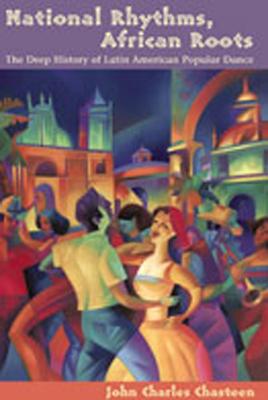When John Charles Chasteen learned that Sim?n Bolvar, the Liberator, danced on a banquet table to celebrate Latin American independence in 1824, he tried to visualize the scene. How, he wondered, did the Liberator dance? Did he bounce stiffly in his dress uniform? Or did he move his hips? In other words, how high had African dance influences reached in Latin American societies? A vast social gap separated Bolvar from people of African descent; however, Chasteen's research shows that popular culture could bridge the gap.
Fast-paced and often funny, this book explores the history of Latin American popular dance before the twentieth century. Chasteen first focuses on Havana, Buenos Aires, and Rio de Janeiro, where dances featuring a "transgressive close embrace" (forerunners of today's salsa, tango, and samba) emerged by 1900. Then, digging deeper in time, Chasteen uncovers the historical experiences that molded Latin American popular dance, including carnival celebrations, the social lives of slaves, European fashions, and, oddly enough, religious processions. The relationship between Latin American dance and nationalism, it turns out, is very deep, indeed.
